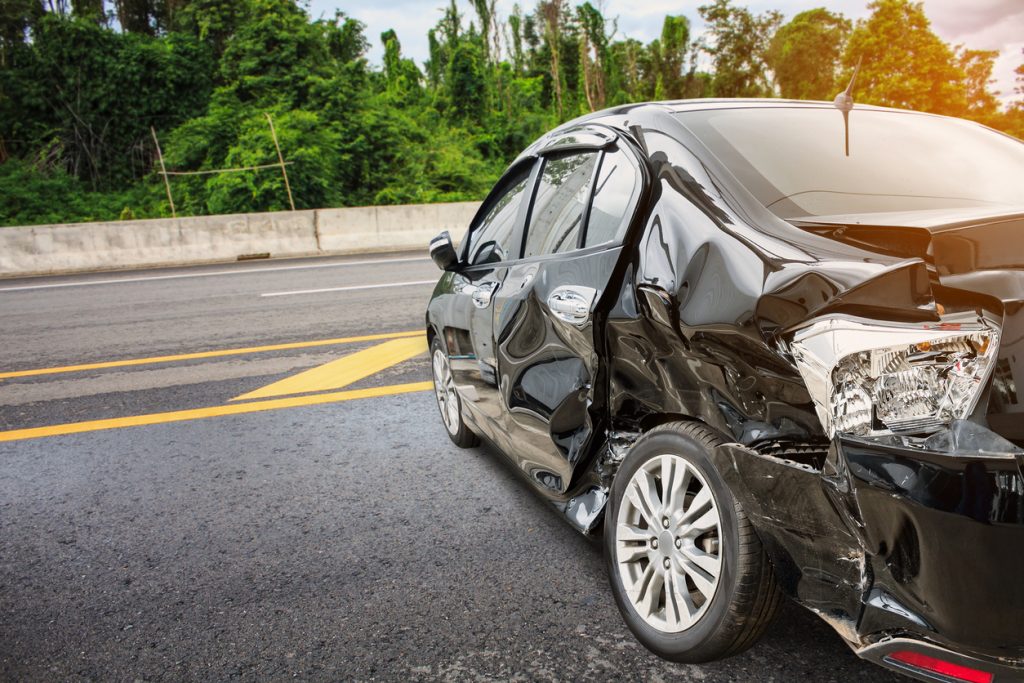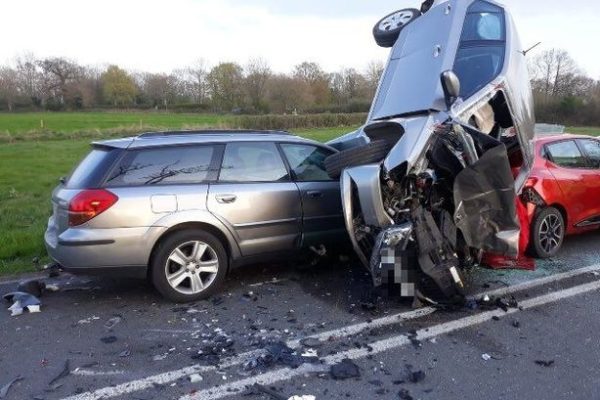Driving encompasses a significant part of our daily lives, serving as the backbone of our commutes, errands, and leisure travels. Yet, it’s imperative to remember the substantial responsibility that comes with being behind the wheel. Road traffic accidents stand as a leading cause of injury and fatality in the United States, highlighting the critical need for diligence and safe driving practices.
This guide is designed to equip you with vital safe driving tips, aiming to drastically reduce accident risks and ensure a safer journey for all road users. By adhering to the strategies outlined here, we not only safeguard our well-being but also contribute to a safer driving community. For those who have experienced the consequences of a road accident, consulting a Houston car crash lawyer can provide necessary guidance and support. Embracing these practices is a step towards more mindful and responsible driving, a commitment we must all undertake.
Table of Contents
Focused and Alert Driving
In the realm of safe driving, maintaining focus and alertness behind the wheel cannot be overstated. Driver inattention is a leading factor in a majority of accidents. Our capacity to multitask is limited, especially when operating a vehicle. The consequences of attempting to juggle phone use, eating, or adjusting the radio while driving can be dire, not just for the driver but for others on the road.
To ensure your full attention is on driving, prioritize the following:
- Avoid mobile phone usage: Even hands-free technology can divert your attention from the road.
- Limit eating and drinking: These activities can significantly distract you from driving tasks.
- Adjust controls before driving: Set your GPS, climate control, and entertainment options before you start your journey.
- Stay rested: Drowsiness impairs your reaction time and awareness. Ensure you’re well-rested before driving and take breaks on long trips.
Recognizing the signs of fatigue is equally critical. Symptoms like frequent yawning, heavy eyelids, and drifting thoughts are clear indicators that it’s time to take a break. Always plan for adequate rest on longer journeys to avoid drowsy driving.
Understanding Your Environment
Being aware of your surroundings is a cornerstone of safe driving. This awareness allows drivers to react swiftly and appropriately to unexpected hazards, from the sudden stops of traffic to the unpredictable actions of other road users. The essence of road safety lies in anticipating potential dangers before they become immediate threats.
To enhance your situational awareness, consider these guidelines:
- Regularly check mirrors: This habit helps you stay informed about what’s happening around your vehicle.
- Scan ahead: Look beyond the car in front of you to anticipate any potential hazards early.
- Note aggressive drivers: Maintain distance from drivers exhibiting unsafe behaviors to avoid accidents.
- Be mindful of blind spots: Always double-check blind spots before changing lanes or making turns.
Awareness extends beyond just watching other vehicles. Be vigilant for pedestrians, cyclists, and animals, especially in urban and suburban areas where they’re more prevalent. By staying alert to your surroundings and anticipating the actions of others, you can navigate the roads more safely and confidently.
Maintaining Distance and Speed Control
The distance between your vehicle and the one ahead can significantly impact your ability to react in time to avoid a collision. The 3-Second Rule is a guideline recommending that drivers maintain at least three seconds of following distance under normal driving conditions. This space allows for a safer reaction time to sudden stops or changes in traffic flow.
Incorporate these practices for effective distance and speed management:
- Apply the 3-Second Rule: Choose a fixed point ahead. Once the vehicle in front passes it, ensure it takes at least three seconds before you reach the same point.
- Adjust for conditions: Increase your following distance in adverse weather, heavy traffic, or when driving a larger vehicle to compensate for reduced reaction times and increased stopping distances.
- Monitor your speed: Consistently adhere to speed limits and adjust your speed according to road conditions, traffic flow, and visibility.
Speeding amplifies the risks on the road, diminishing the driver’s ability to steer safely around curves or objects and extending the stopping distance. By maintaining a proper distance and controlling your speed, you enhance not only your safety but also that of others on the road.
Vehicle Maintenance and Defensive Driving
Keeping your vehicle in prime condition is as crucial to road safety as the manner in which you drive. Regular maintenance checks ensure your vehicle remains reliable and safe to operate. Issues such as worn tires, ineffective brakes, or malfunctioning headlights can lead to dangerous situations on the road.
To align vehicle maintenance with defensive driving habits, consider the following:
- Schedule regular maintenance: Adhere to your vehicle’s servicing schedule to keep it running smoothly and safely.
- Perform pre-trip checks: Before long journeys, check your tires, lights, and fluid levels to avoid surprises on the road.
- Embrace defensive driving: Anticipate the actions of others, maintain a safe distance, and always have an exit strategy in mind to avoid accidents.
Defensive driving is about being prepared for the actions of other drivers and adapting to the conditions of the road. It involves being vigilant, keeping your focus on driving, and being ready to react safely to others’ unpredictable behaviors. By maintaining your vehicle and adopting a defensive driving approach, you significantly reduce the risk of accidents and ensure a safer driving experience for everyone on the road.
Seat Belts and Safe Lane Changes
Wearing a seat belt is one of the simplest and most effective ways to protect yourself in the event of a car accident. Seat belts significantly reduce the risk of fatal injury to front-seat passenger car occupants by 45% and the risk of moderate to critical injury by 50%. Ensuring every trip begins with buckling up is a fundamental safety practice.
Safe lane changing is another critical aspect of driving that requires attention. Improper lane changes can lead to collisions, especially when executed without proper signaling or checking for blind spots.
To enhance safety during lane changes, adhere to the following:
- Always use turn signals: This communicates your intentions to other drivers, allowing them time to react.
- Perform a blind spot check: Even after using your mirrors, a quick glance over your shoulder ensures the lane is clear.
- Change lanes only when necessary: Minimize lane changes to reduce the risk of accidents.
By consistently wearing a seat belt and executing safe lane changes, you safeguard not only your well-being but also that of other road users. These practices are fundamental to preventing accidents and reducing the severity of injuries when they occur.
Conclusion
In conclusion, adopting safe driving practices is essential for everyone on the road. From staying focused and alert to maintaining your vehicle and wearing a seat belt, each tip serves as a vital component in the quest to prevent car accidents. Remember, safety on the road depends not only on your actions but also on respecting and anticipating the actions of others. By implementing these practices, we can all contribute to a safer driving environment. Let’s commit to driving responsibly, ensuring our roads are safer for ourselves, our loved ones, and our communities. Together, we can make a significant difference.





